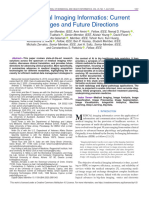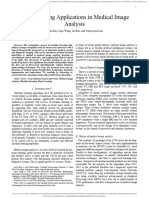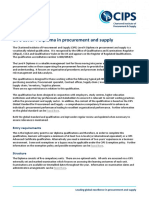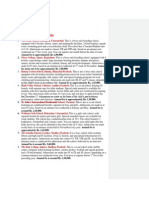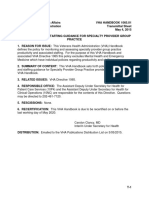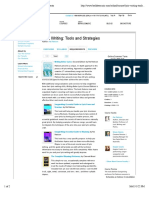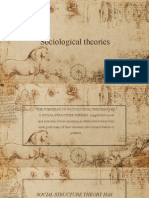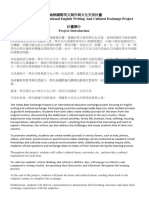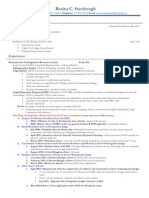0% found this document useful (0 votes)
11 views21 pagesFinal
The document outlines a project focused on AI-powered medical image synthesis, addressing challenges in medical imaging such as data scarcity, privacy concerns, and diagnostic accuracy. It details the methodology using Generative Adversarial Networks (GANs) for synthesizing high-quality medical images, particularly for lung segmentation, and emphasizes the importance of enhancing medical imaging and supporting personalized medicine. The structured approach includes data collection, preprocessing, model architecture, training, and evaluation, ultimately aiming to improve healthcare outcomes through advanced imaging techniques.
Uploaded by
konhaipatanahi1234Copyright
© © All Rights Reserved
We take content rights seriously. If you suspect this is your content, claim it here.
Available Formats
Download as DOCX, PDF, TXT or read online on Scribd
0% found this document useful (0 votes)
11 views21 pagesFinal
The document outlines a project focused on AI-powered medical image synthesis, addressing challenges in medical imaging such as data scarcity, privacy concerns, and diagnostic accuracy. It details the methodology using Generative Adversarial Networks (GANs) for synthesizing high-quality medical images, particularly for lung segmentation, and emphasizes the importance of enhancing medical imaging and supporting personalized medicine. The structured approach includes data collection, preprocessing, model architecture, training, and evaluation, ultimately aiming to improve healthcare outcomes through advanced imaging techniques.
Uploaded by
konhaipatanahi1234Copyright
© © All Rights Reserved
We take content rights seriously. If you suspect this is your content, claim it here.
Available Formats
Download as DOCX, PDF, TXT or read online on Scribd
/ 21










































